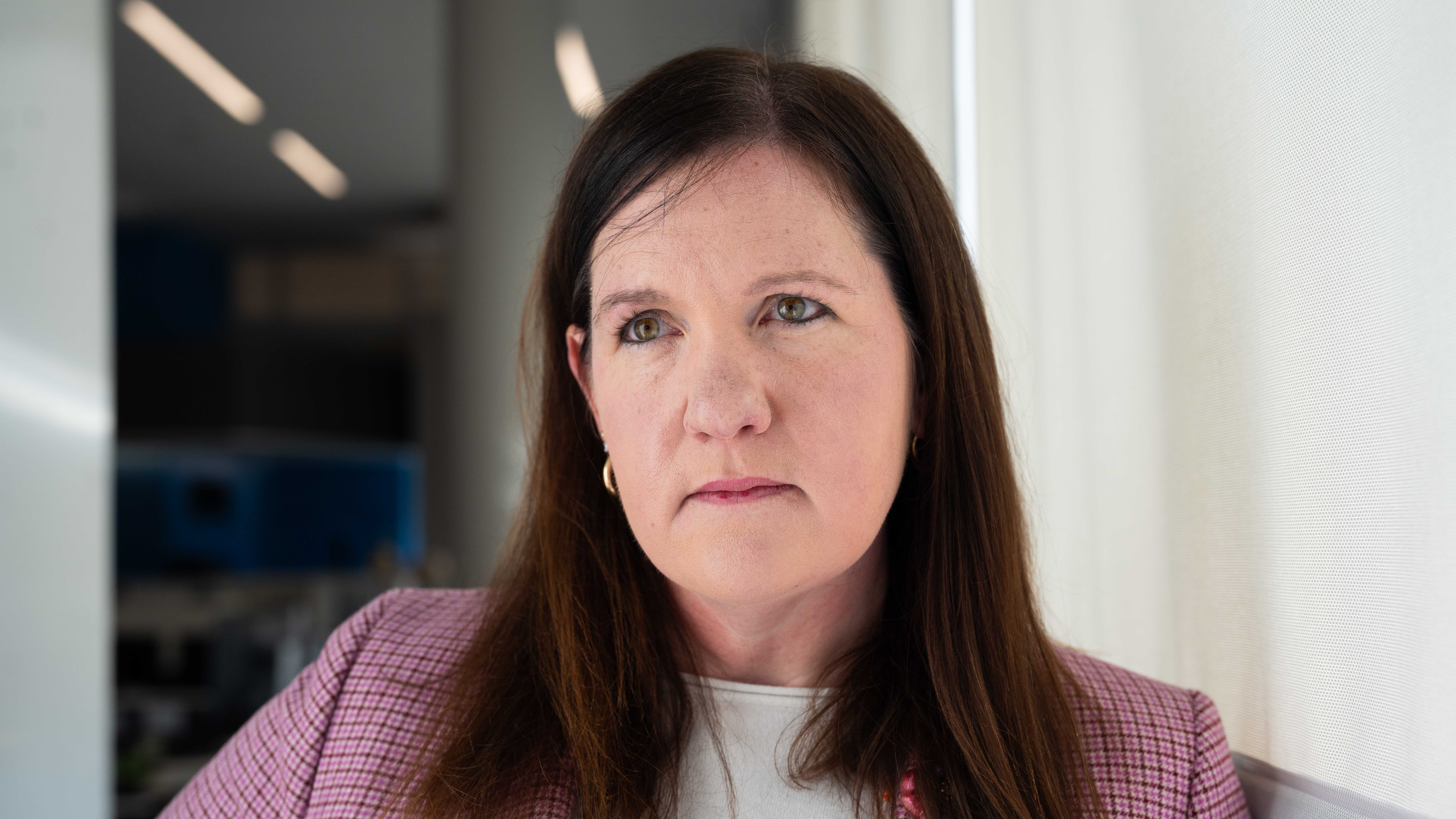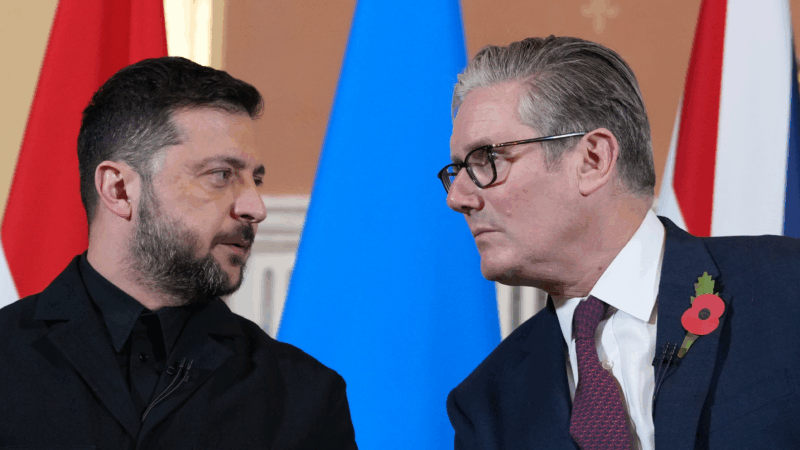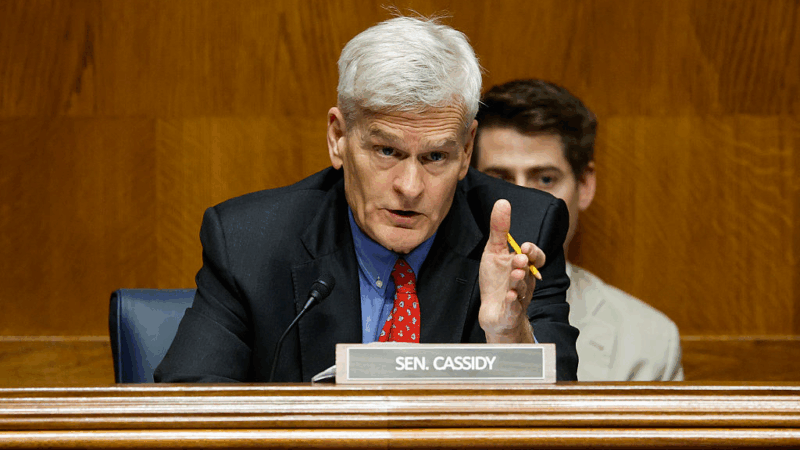With $2.7 billion settlement approved, college sports’ big money era is officially here
A federal judge has approved the multibillion-dollar class-action legal settlement known as House v. NCAA, paving the way for a new era for college sports.
Starting this fall, colleges and universities in the NCAA’s top division will be allowed to directly pay athletes for the first time. Payments will be limited by a salary cap set initially at $20.5 million per school. And more than $2 billion will be paid out to former college athletes who were not allowed to earn money while they were in school.
“Despite some compromises, the settlement agreement nevertheless will result in extraordinary relief for members of the settlement classes,” U.S. District Judge Claudia Wilken wrote in Friday’s order.
The approval of the settlement “marks a huge step forward for college sports,” said NCAA President Charlie Baker. Direct payments to players, he added, “is a tremendously positive change and one that was long overdue.”
Origins of the settlement
For decades, college athletics were ruled by the tradition of amateurism, and NCAA rules banned schools from compensating players — called “student-athletes” by the NCAA — with anything beyond a scholarship that covered the costs of tuition and attending college.
But the money in big-time college sports has grown exponentially over the past few decades. Top-level athletic departments rake in hundreds of millions of dollars from broadcast deals, ticket sales, donations and licensing agreements.
“The money became too big to not allow athletes to get a cut,” said Noah Henderson, a one-time collegiate golfer who now directs the sports management program at Loyola University Chicago.
The House settlement arose out of three different lawsuits over the issue of compensation for collegiate athletes. The plaintiffs were a class of some 390,000 current and former college athletes, and the defendants were the NCAA and five of its athletic conferences. The negotiations took more than a year to complete.
How the settlement works
There are two major parts of the House settlement: one that looks backward, and one that looks forward.
Looking backward, the NCAA and schools have agreed to pay $2.75 billion to former college athletes who played before 2021. That’s the year the NCAA changed its rules to allow players to sign licensing agreements to earn money from their name, image and likeness rights, known as NIL. Men’s football and basketball players will earn the largest payments, with prominent athletes who played at major schools earning as much as five or six figures.
Going forward, the settlement puts in place a new system that will allow schools to pay players directly. Schools will be able to decide which players to pay and how much to pay them. It is expected that most of the compensation will be reserved for players in the sports that generate the most revenue for schools: primarily football, along with men’s and women’s basketball.
The settlement also sets a salary cap. For each school, player compensation across all sports will count against a cap initially set at $20.5 million and that could rise as high as $33 million in 2035. Also new are roster limits, which replace the traditional scholarship limits for each sport. Schools may grant as many scholarships as they like, but team sizes are limited.
Around half of the NCAA’s 365 Division I schools are expected to adopt the new framework, either because their conferences — the SEC, ACC, Big Ten, Big 12 and PAC-12 — are named as defendants and they are required to comply with the settlement or because they are expected to opt in to its terms, according to court documents filed by lawyers negotiating the settlement. Some schools, particularly those in the lower football subdivision and those without football teams altogether, will opt out of the settlement and continue to compensate athletes only with scholarships and other costs of attendance.
Name, image and likeness
Since 2021, when the NCAA first allowed players to earn compensation from their name, image and likeness rights, NIL payments have become a de facto pay-to-play system. Star players, like Duke’s basketball phenom Cooper Flagg, have earned millions of dollars on these deals.
Another key part of the settlement takes aim at those supersized NIL deals by establishing a third-party clearinghouse to review licensing agreements for “fair market value.”
That concept has been criticized by some in college sports. It is also likely to face legal challenges, said Sam Ehrlich, a professor at Boise State University who tracks college sports litigation.
“There’s going to be significant questions moving forward as to what kind of powers that clearinghouse has and whether the clearinghouse is even legal,” Ehrlich told NPR last month.
After Texas ruling, Trump and Republicans head to 2026 with a redistricting edge
Trump has prompted a redistricting race as he tries to maintain Republican control of the House in the 2026 elections. Democrats have fewer options to counter, as the battle heads into next year.
How China, not the U.S., became the main climate solution story in 2025
The U.S. has become a "side character" in the global story of renewable energy, experts say. China dominates the sector, with positive implications for the climate and their economy.
Supreme Court to hear case that could vastly expand presidential powers
The Supreme Court hears arguments in a case about President Trump's firing of a Federal Trade Commissioner. At stake is a 90-year precedent limiting the president's power over independent agencies.
Zelenskyy heads to London for more Ukraine peace talks. Here’s what to know
The talks signal fresh support from European allies. But they follow stalled U.S. negotiations in Miami and comments from President Trump's son suggesting Washington is ready to pull back.
Republicans push high deductible plans and health savings accounts
A Republican call to give Americans cash instead of health insurance subsidies revives an old idea that has left millions with medical debt.
Tributes, not politics, play center stage as Trump hosts the Kennedy Center Honors
President Trump said he was closely involved with picking the honorees, and on Sunday he became the first president to host the Kennedy Center awards ceremony.








